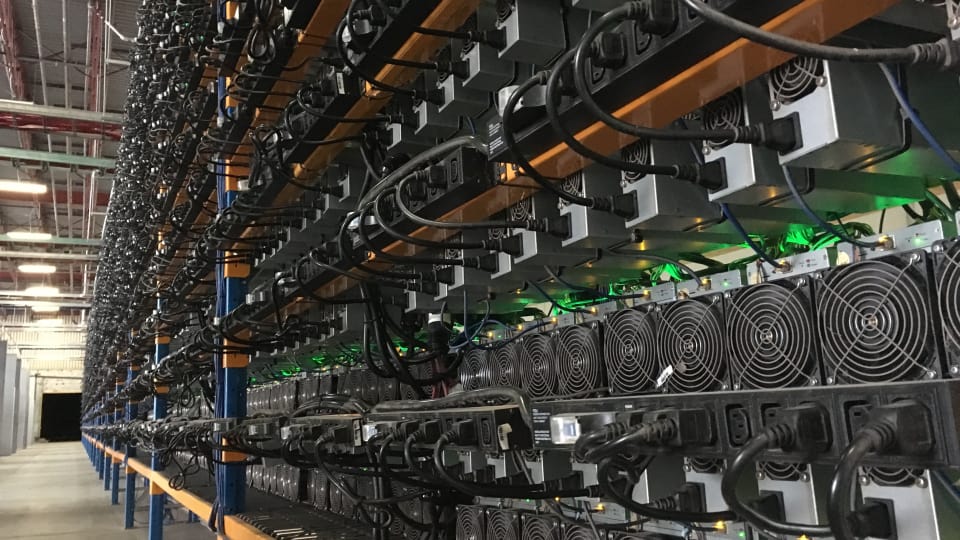Crypto Daily Gazette has learned that several companies would like to settle in Abitibi-Témiscamingue to build cryptocurrency mining centers.
The Val-d’Or industrial commissioner, Jean-Yves Poitras, says he has been aware of a dozen companies that have made tracking in the region. The City of Amos confirms that it has been solicited.
The cryptocurrency mining centers use a technology called “block chain”, which is very energy intensive. The colder climate of Abitibi-Témiscamingue is therefore considered an advantage since contractors must ensure the cooling of their equipment.
However, the potential arrival of these companies in the region worries the industrial commissioner, Jean-Yves Poitras. My great concern is that Abitibi-Témiscamingue still has a certain limit on its availability of energy, he says. With the economic period that we have been going through for 15 years, this volume that was available for the region has started a lot. So, we have to be careful enough in what we are going to do with what is left.
Few economic benefits
Poitras worried that the arrival of a mining center would be detrimental to the development of other projects, particularly in the mining sector, which, he said, would have a much greater impact. He wants to prevent the region from renouncing a new mining project, for lack of electricity. “Currently, my fears are that it would be difficult to please everyone (with the arrival of mining center),” he says.
A recent study by KPMG found that mining centers create few direct jobs compared to other economic sectors. According to this study, a mining center creates between 0.4 and 2.3 direct jobs per megawatt. In comparison, Hydro-Québec estimates that 27 direct jobs are created per megawatt in the mining sector.
I invite elected officials to think much more long term, what could be this mode of cryptocurrency.
Jean-Yves Poitras
Hydro-Québec proposes a selection process
In just a few months, Hydro-Québec has received more than 300 applications, totaling nearly 15,000 megawatts, ten times more than consumption surpluses. It’s really a demanded quantity that is unprecedented. We have never seen an industry in the last few years, so quickly asking for as much energy , says Hydro-Québec spokesman Jonathan Côté.
That’s why the crown corporation tabled a selection process at the Régie de l’énergie on Thursday. Hydro-Québec would like to select projects based on the potential economic benefits, and the price proposed by the developer to purchase electricity. An auction system would therefore be put in place.
Hydro-Quebec spokesman Jonathan Côté says the Crown corporation will act responsibly in the project appraisal process. This is part of our approach to responsible management of our surpluses to be able to meet the demand of all industries that are good for Quebec , he says.
A block of 500 megawatts is reserved for the “block chain” sector, while around 1,500 megawatts are available for economic development.
Jonathan Côté
Hydro-Québec is not in a position to advance on the amount of electricity available for the Abitibi-Témiscamingue region.
The Mayor of Amos is in favor
The mayor of Amos, Sebastien D’Astous, says he is in favor of the arrival of the mining centers. I think that if Hydro-Québec establishes a good rate and the energy capacity is there, I do not see why we could not install them or establish them at home , he said.
Since the Hydro-Québec project selection process will have to be approved by the Régie de l’énergie, the Crown corporation can not confirm to date whether mining centers could be created in the area.
Jonathan Côté explains that Hydro-Québec can not refuse in draft, only because of the refusal of elected officials. If a municipality wanted to block projects, it should not be through our process. If it has tools at the level of its municipal regulations for example, it could I imagine to be done , he concluded.
